20th Apr 2023
All the wines of Katia Nussbaum and Luigi (Gigi) Fabbro have a friendliness, an accessibility, and, more and more, in recent years, a beautiful harmony on the palate with the tannins becoming more refined and invisibly integrated into the wine. These are wines of great drinkability, charm, and ease that do not insist but instead beckon and allure.
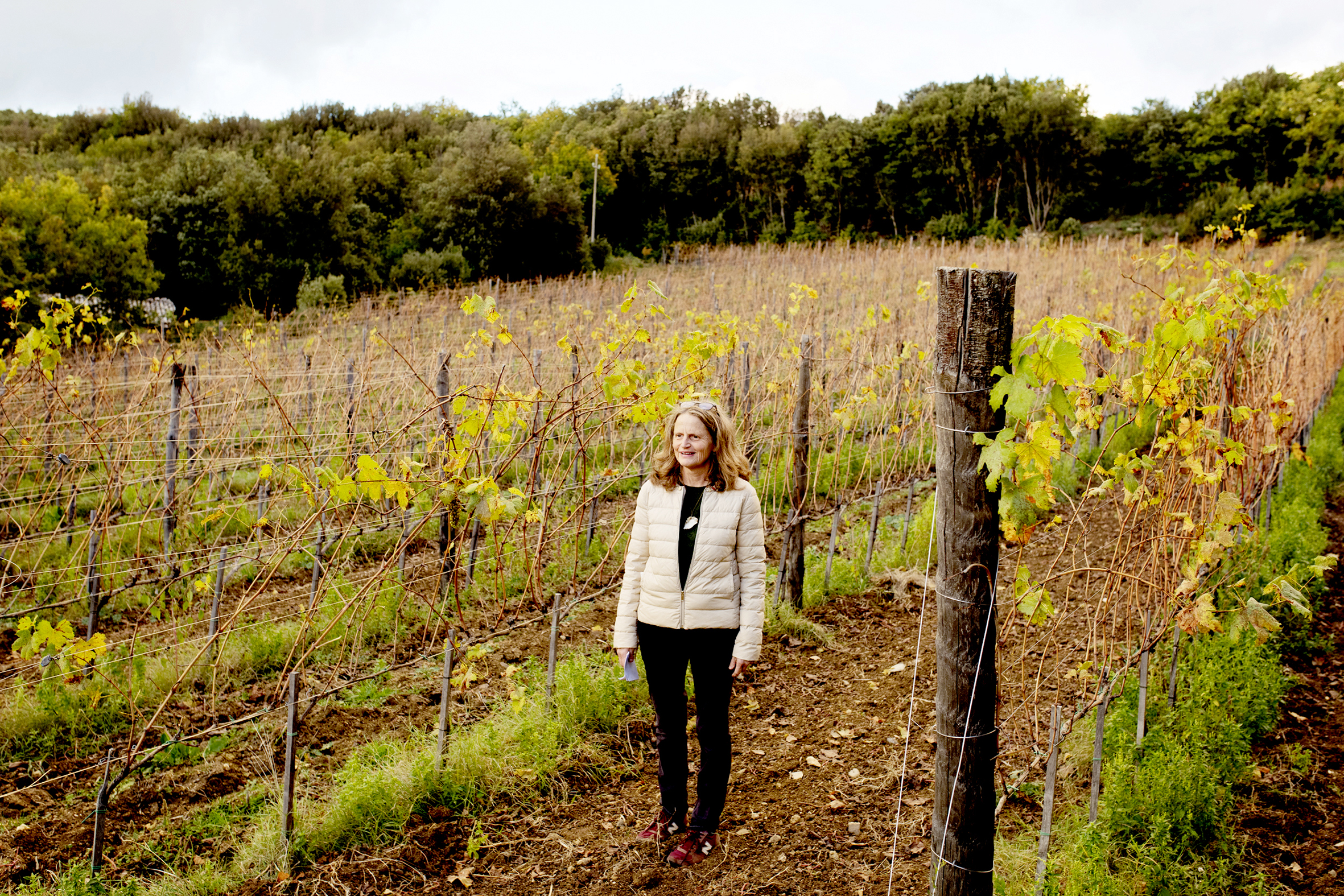
Performance Art
Katia Nussbaum and Luigi (Gigi) Fabbro are two of the most friendly people you could ever wish to meet in the wine world. I remember tasting their wine for the first time in 2014 and being surprised by how charming and approachable their Brunello di Montalcino was too. To my mind, at the time, Brunello was often a tough, chewy, tannic wine that needed 10 to 15 years to come around. It is not that I don’t love tannins - I do - but I like them to be refined and not rustic. And I remember well when the San Polino Brunello di Montalcino was poured at a Master of Wine event in Montalcino by a gentle and smiling-eyed Gigi. That he was there, I later learned, was unusual because he does not like to go to many public events and instead prefers to be out in the vineyards or in the winery.
Katia and Gigi came into the world of winemaking a little by accident.
Katia grew up in Putney in London in a very political family. Her father was Romanian and a vodka drinker, and wine did not play an important role in her early life. Luigi’s family came originally from Friuli Venezia Giulia, and his father was involved in agriculture and farming. They met in Kathmandu when Katia was eighteen, and they were both traveling. She recounts how Gigi was so handsome, intelligent, and talented - he could even play the sitar - that she fell almost instantly in love. Luigi was a little older than Katia and had been married before but was separated from his wife. His ex-wife and daughter lived in Montalcino, and Gigi wanted to be near his daughter, so it came to be that Katia followed her heart and Gigi, and they both ended up living in Montalcino in the 1980s.
Montalcino, in those days, was a poorer, more rural, and rustic place than it is now. Katia taught at the local school to earn a living while Gigi, who had trained as a chemist, worked for a while in computer technology before later gaining valuable experience mapping the biodiversity of parts of the Amazon rain forest for a charitable organization, knowledge which he later put to good use in perpetuating the natural biodiversity of the San Polino estate, which they bought in 1991. Katia explains: “We have 35 hectares of land. Only 10 hectares are used for vineyards. The remaining land comprises forests and maintained wilderness in the form of unkept grassland and shrubland. This is done on purpose to allow for greater and more comfortable corridors for animals, insects, birds, and all other organic life.”
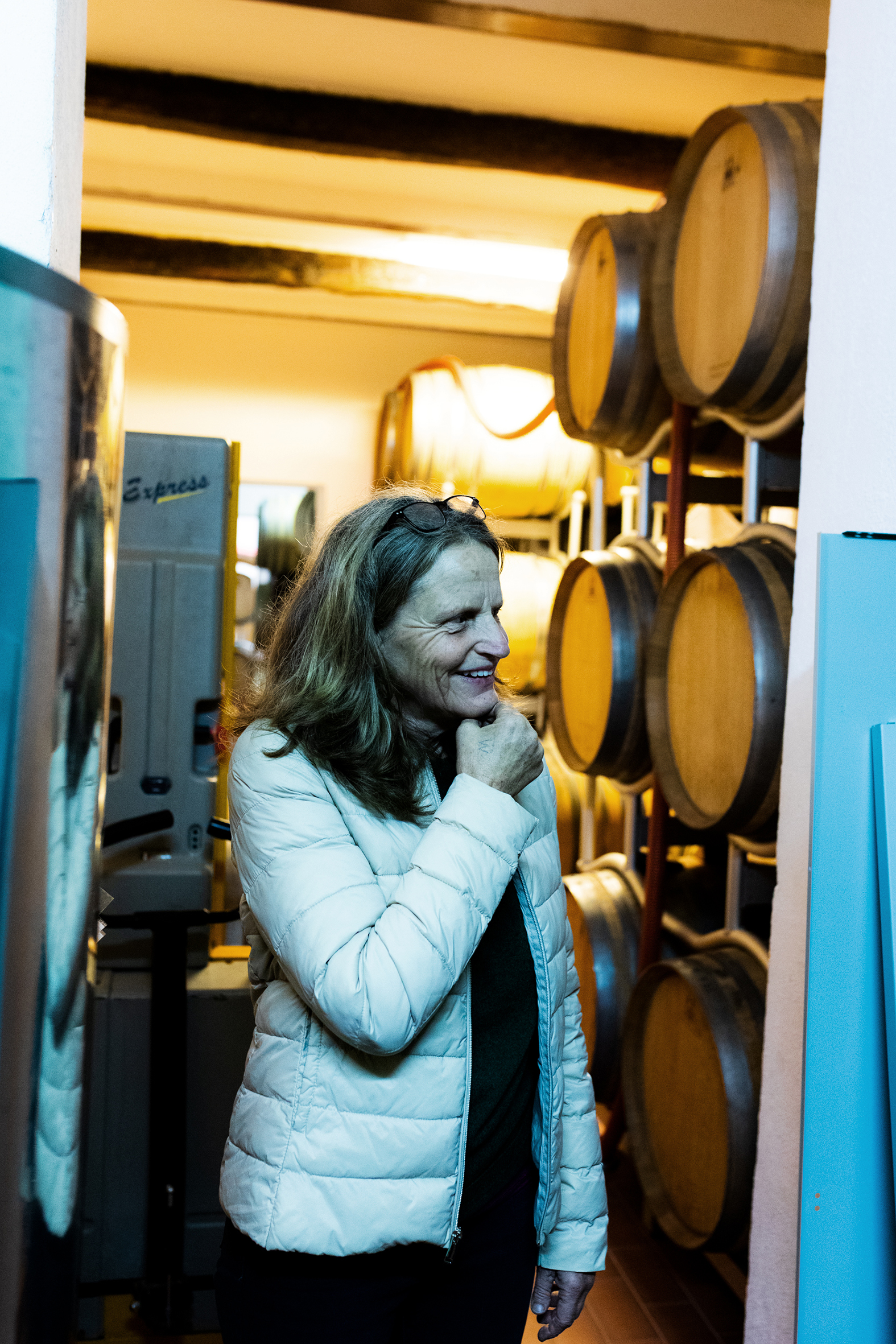
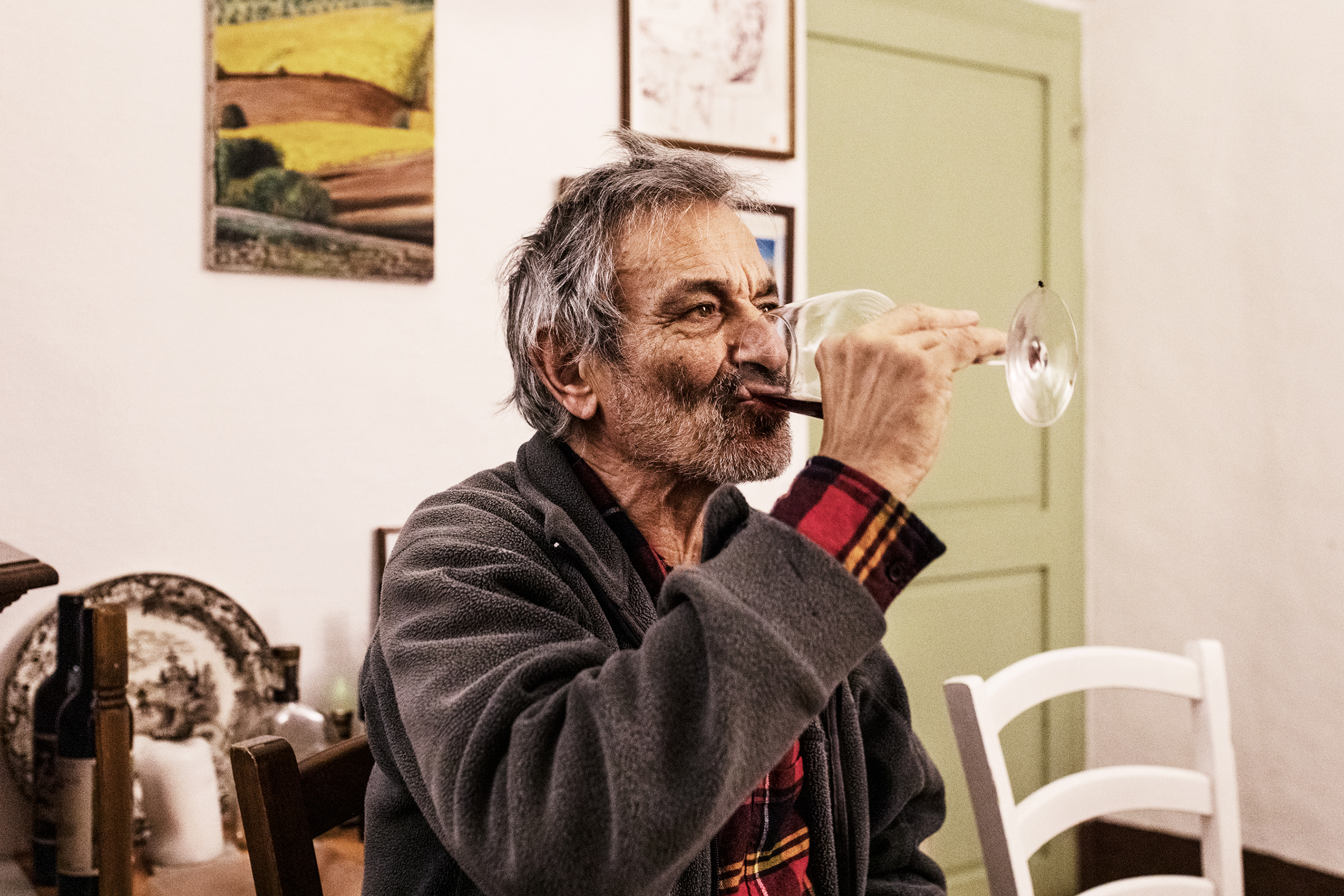
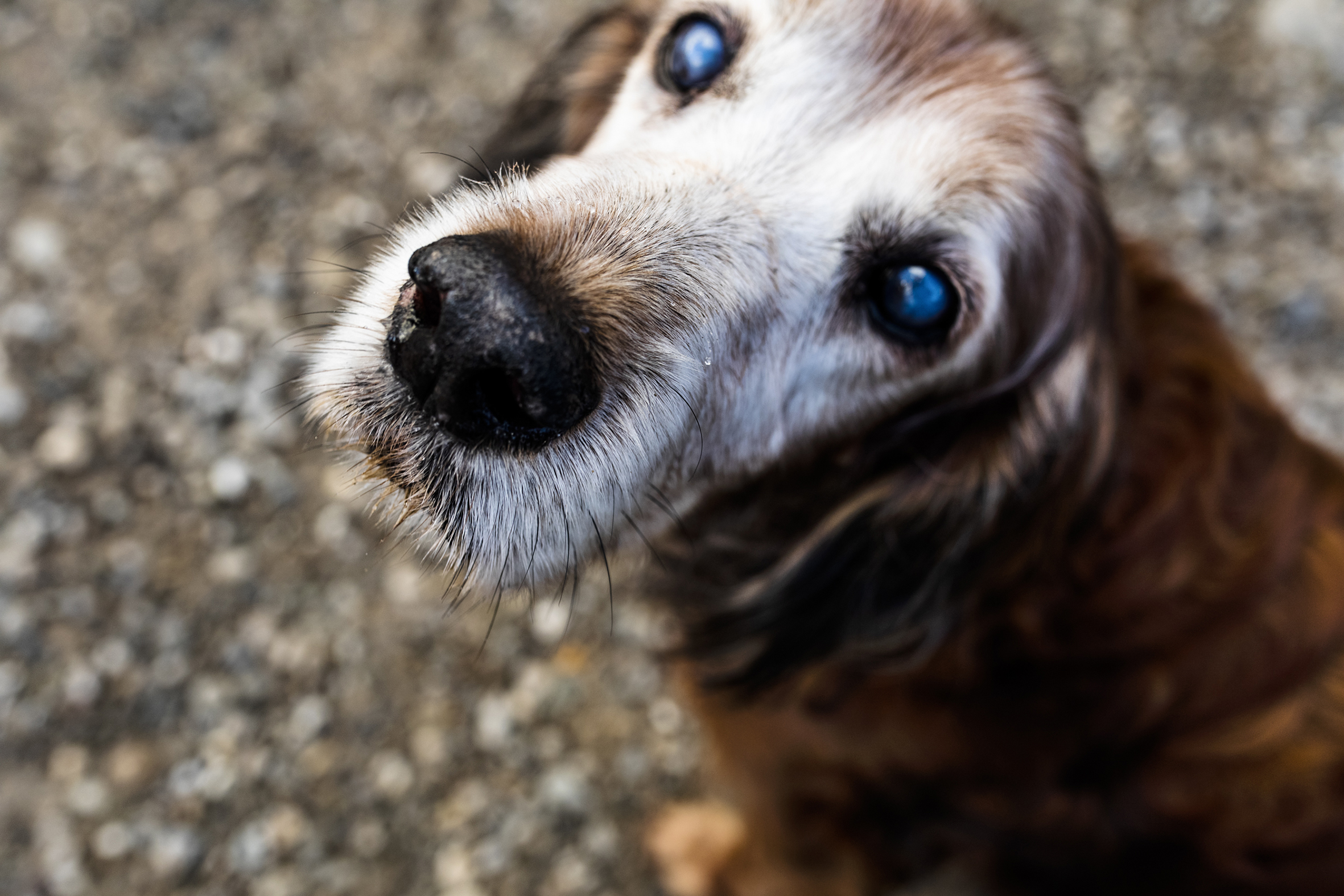
San Polino is about a 20-minute drive southeast of Montalcino in the direction of Castelnuovo dell’ Abate. Their vineyards surround the house, and the ones at the back of the house face in the direction of the Etruscans’ sacred mountain, Mont’ Amiata. When they originally bought the house, they had a young baby and no heating, electricity, or running water. As soon as they bought the property, Gigi planted vines, and they made wine for themselves; at that stage, they were not officially permitted to call the wine “Brunello.” Their initial focus was on producing olive oil, but they had first to be classified as a farm. Katia remembers when in 1994, Gigi managed to get the farm registered. Two officials came from Siena to meet them and see the property. To be classified as a farm, they required a minimum of 400 olive trees, and they thought they may not have had quite enough. The two officials stood at the top of the steep staircase forming part of the entrance to the house. One said to the other: “I can see 400 olive trees. Can you?” Fortunately, the other agreed.
"We were biodynamic from day one."
They later received permission to produce Brunello di Montalcino and Rosso di Montalcino and began cultivating their vines organically. Gigi’s farming background made it seem like the only natural way to cultivate the land, and they were one of the very first organic producers in Montalcino. Indeed, when I last visited Katia, she proudly showed me their compost heap, a steaming mass of stalks, grape skins, grasses, beans, and animal manure, which they use to add nutrients to the soil and increase biodiversity. “In fact,” says Katia, “we were biodynamic from day one. And all our vintages have been certified since 2001.” Although Katia does not take everything from biodynamics completely on trust, like the efficacy of “biodynamic preparations,” for example, she feels that there are more positives than not with this approach. “I think that biodynamics, in its overall view, sees the world as wondrous, it understands interconnections, it is delicate and sensitive.”
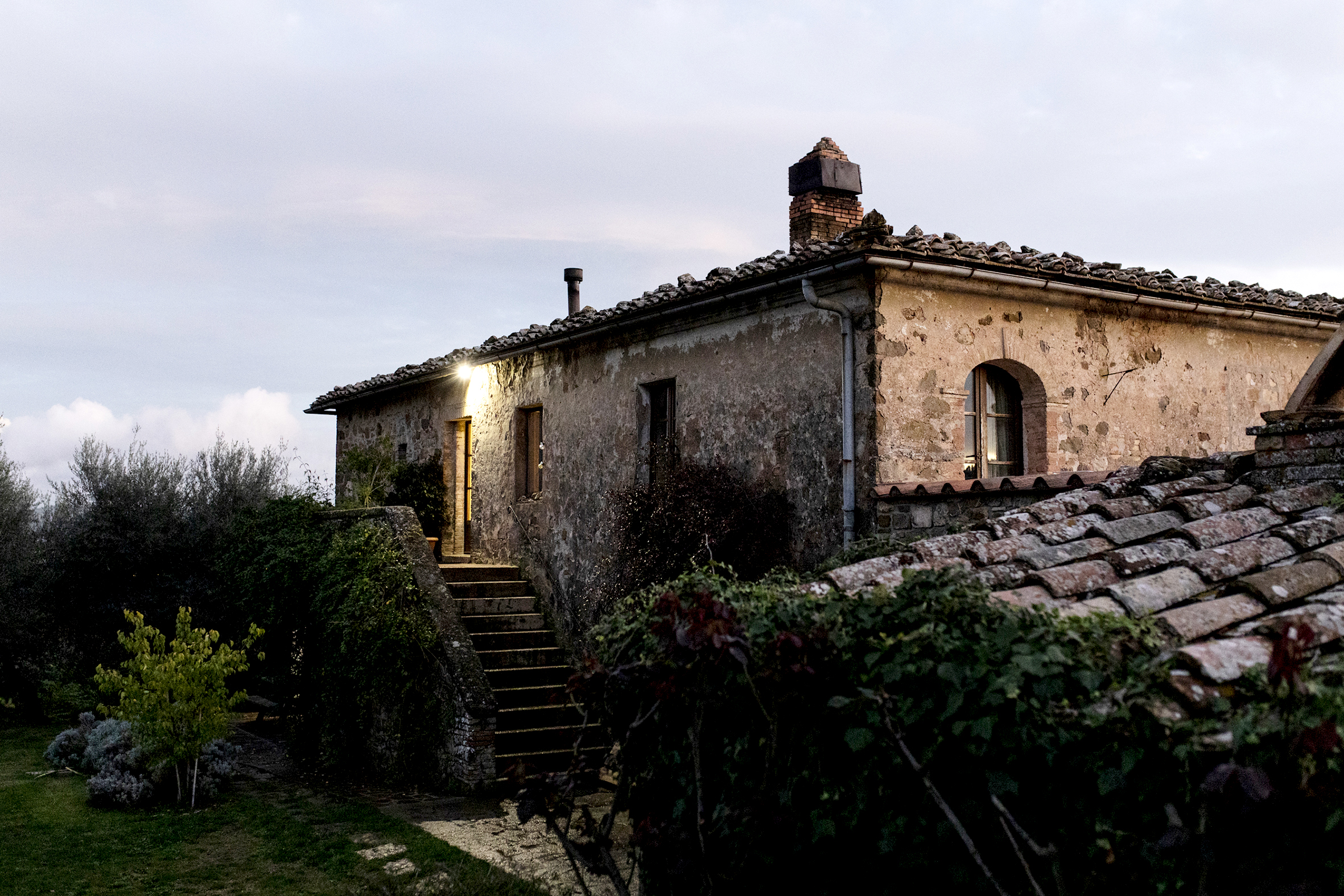
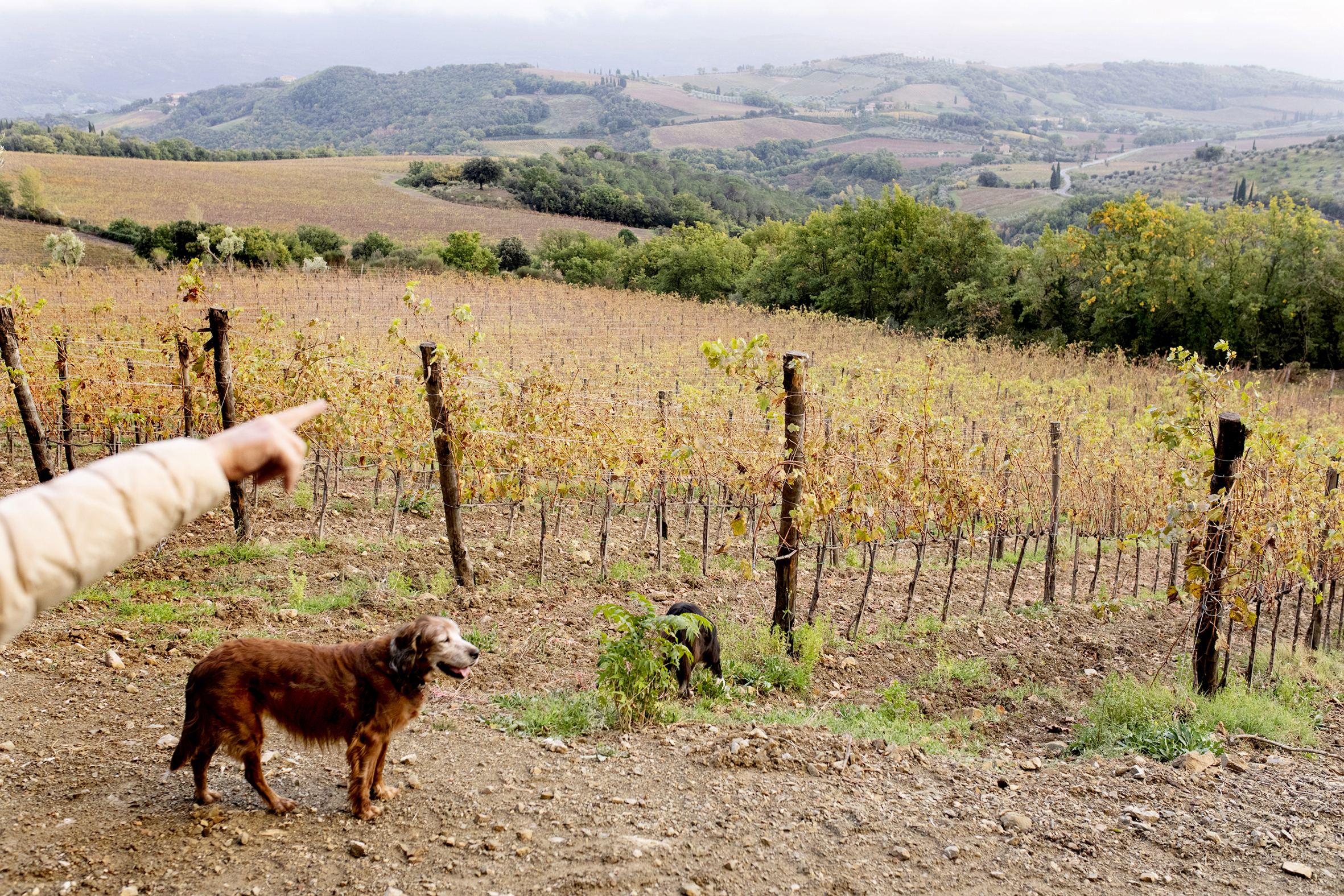
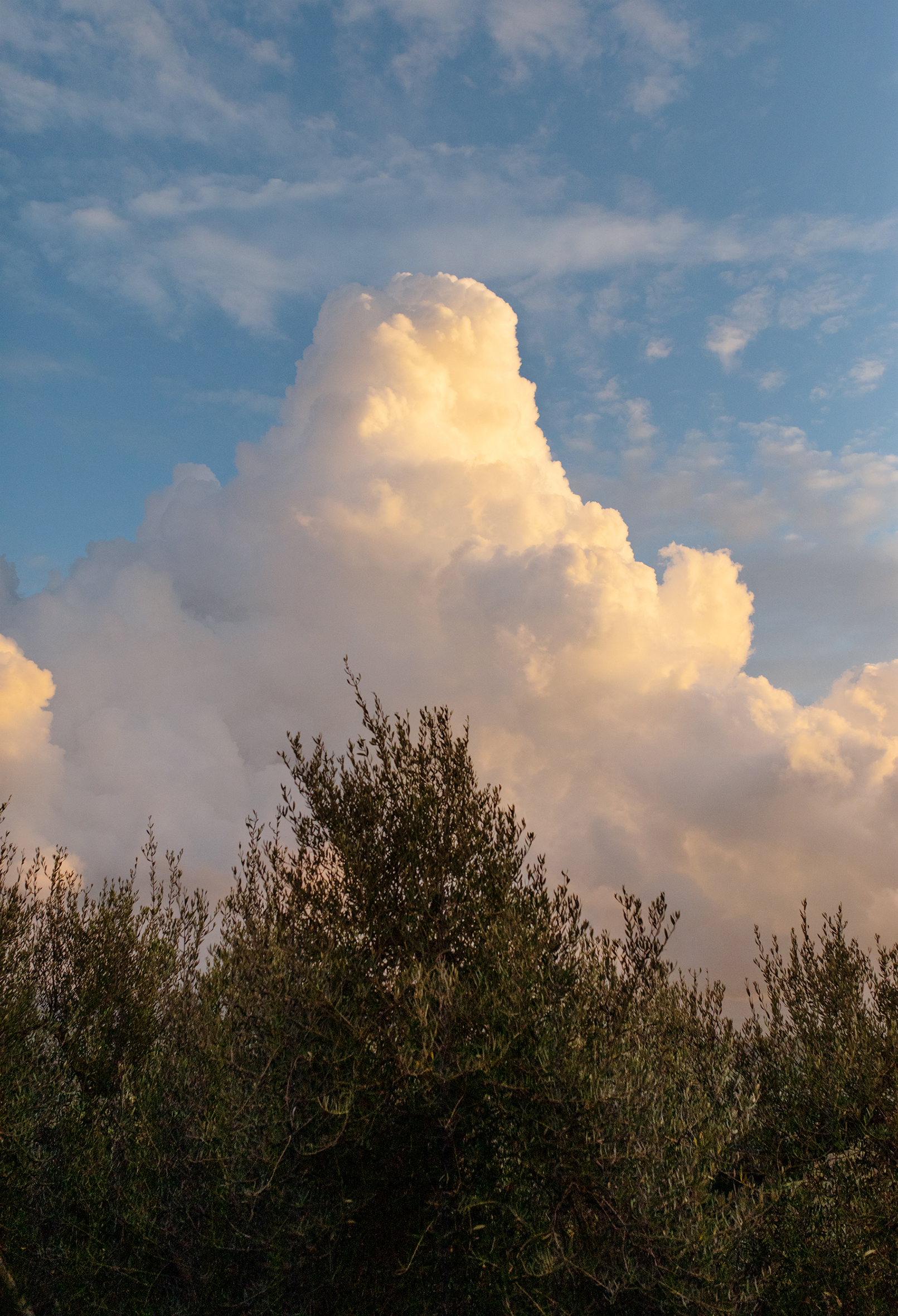
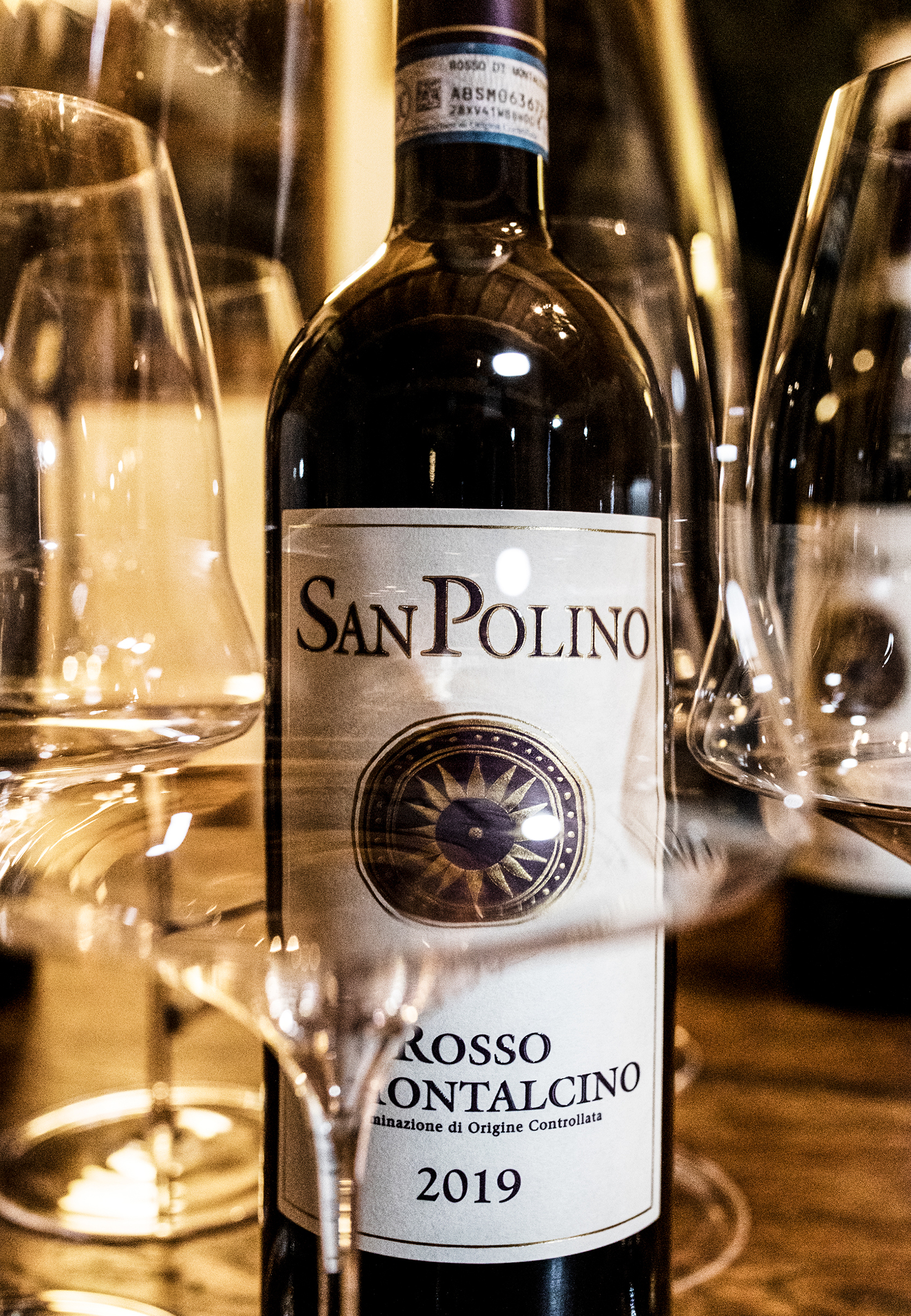
Later they added another 5 hectares of vines to the north of Montalcino town. They now own 10 hectares of Sangiovese on three different plots at 450, 350, and 250 meters, with very different soil types. Importantly and deliberately, these vineyards are surrounded by woodland. Their wines are allowed to go through spontaneous fermentation from indigenous yeasts and spend 45 days on the skins before pressing. They are then allowed to mature in Slavonian and French oak casks for three years; only 5% of the oak is new.
"I see each bottle of San Polino wine as a piece of performance art."
They make four wines: a Rosso di Montalcino, a Brunello di Montalcino, a Brunello di Montalcino Riserva (made only in the best years), and their Brunello di Montalcino Helichrysum, named after an aromatic wild herb. The grapes for Helichrysum come from their highest vineyards, at 450 meters above sea level, which face south and are on a sandy, loam, and volcanic soil mix.
When I asked Katia what kind of wine she wanted to make, she replied, “I see each bottle of San Polino wine as a piece of performance art. In the wine is all our philosophy of life, our family, our laughter, arguments, if we worked well or not. It is the grape variety and the trees growing nearby and the climate and the rainfall, and how we managed the foliage. And on and on. The geology of the past millions of years that left seashell fossils in one field and volcanic quartz in the other. I want to make excellent wines that tell that story.”
All the wines they produce have a friendliness, an accessibility, and, more and more, in recent years, a beautiful harmony on the palate with the tannins becoming more refined and invisibly integrated into the wine. These are wines of great drinkability, charm, and ease that do not insist but instead beckon and allure.
They are wines that celebrate a joyful inclusivity - the harmony of biodiversity, perhaps?
–
Article & Reviews by Susan Hulme MW
Photography by Svante Örnberg
See more work from Svante at svanteornberg.se by clicking here!

PRODUCERS IN THIS ARTICLE
> Show all wines sorted by scoreMore articles

Cathiard Vineyard New Releases
02nd May 2024
3 tasting notes

Bordeaux 2023 Preliminary Vintage Report and Reviews from Barrel
29th Apr 2024
56 tasting notes

2021 Bordeaux in Bottle and A Modest Proposal
24th Apr 2024
599 tasting notes

Pilcrow’s New Releases
18th Apr 2024
7 tasting notes
Show all articles